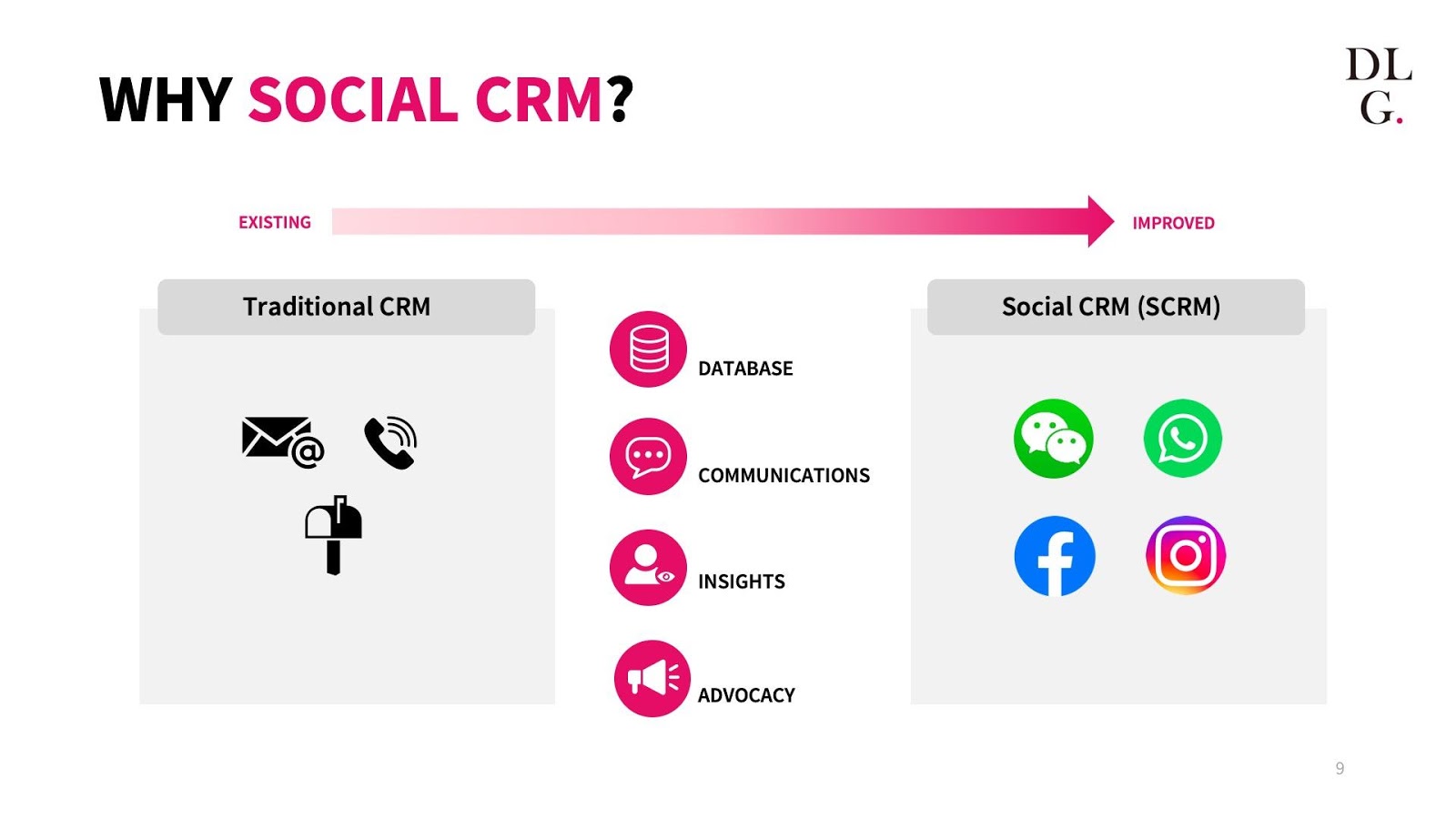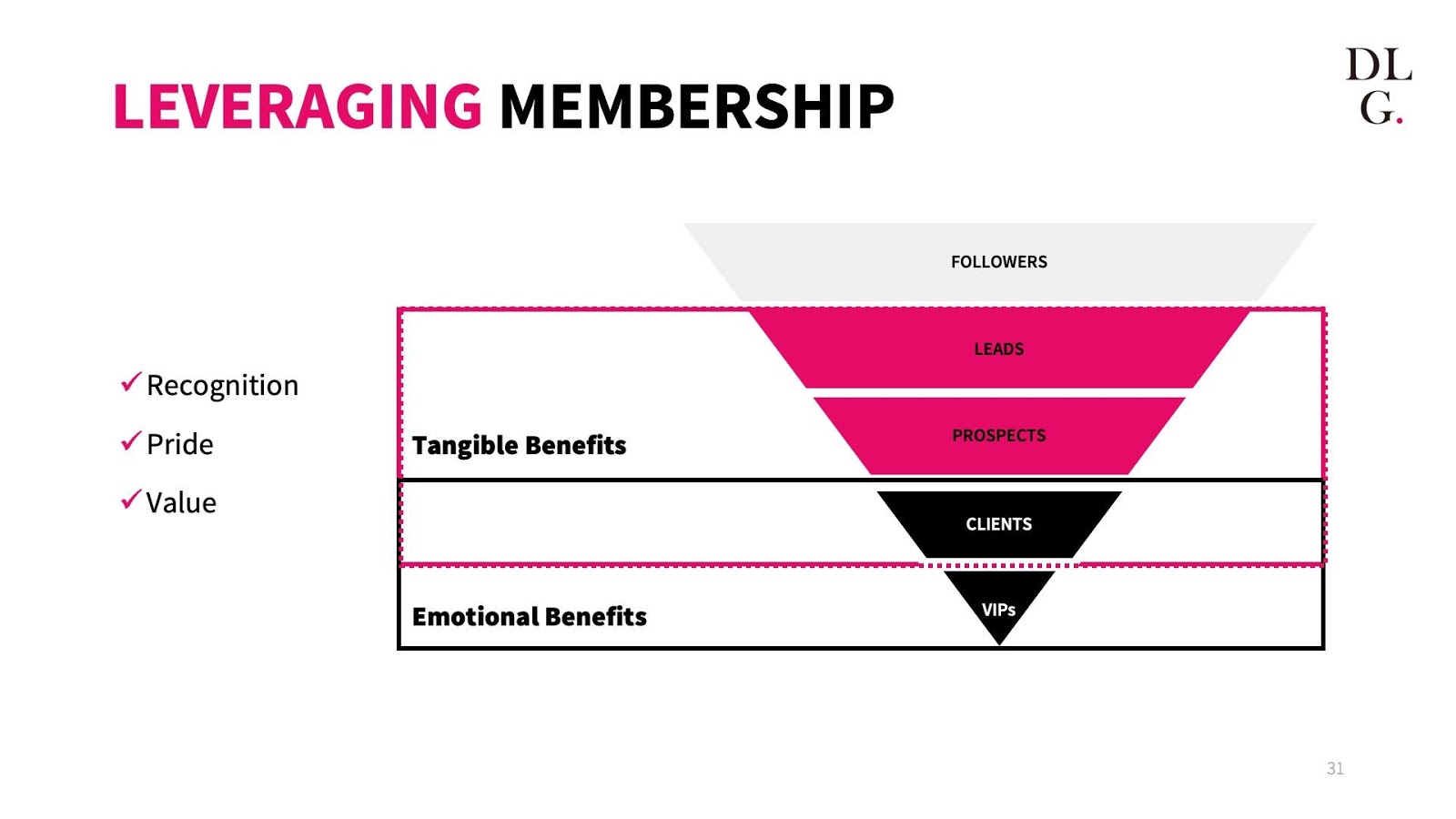
Traditional CRM may still be more common in the West, but CRM on WeChat is giving brands a leg up in China with advanced tracking and clienteling capabilities.
The topic of CRM can be quite daunting, especially as it involves an increasingly large volume of data – and quite frankly, more than one might know what to do with. But when the pandemic first broke out in China, store foot traffic fell dramatically and completely, and overnight, brands could no longer rely solely on their offline sales force and presence. They had no choice but to turn to existing consumer data. Brands that were set up to do so immediately pivoted and leaned into their digital channels and databases of existing audience profiles – a known group that would convert more efficiently online, and keep businesses going.
What enabled brands in this market to pivot so quickly is the WeChat ecosystem, which seamlessly facilitates a brand’s connection with its consumers. Though WeChat isn’t as prevalent in the West, it is worthwhile understanding how WeChat CRM works.
There are three key areas to consider when it comes to WeChat CRM: Social CRM, Clienteling, and Membership Programmes.
Social CRM
Traditional CRM is rather limited in view as it focuses on transactional interactions – it moves at the pace of those transactions occurring, lacks visibility on the client’s interests and preferences as a whole, and can’t be amplified beyond the customer and transaction itself. Social CRM adds a behavioural dimension that doesn’t replace, but adds, an enriching layer to traditional CRM.

With this, brands can proactively capture all consumer interactions without having to be actively involved. What makes WeChat especially powerful in Social CRM is the behaviour that can be captured from online and offline touchpoints. In a digitally immersive market, it becomes increasingly important for brands to be moving at the same pace of digital behaviours and capturing the moments relevant to their business, whenever and wherever they may be.
Like in Western CRM practices, brands can identify and segment audiences based on these behavioural data; track and measure behaviours over time; and develop more relevant ways to engage with profiles. The key difference is how much more brands will understand about these profiles along with transactional CRM data (if available). That way, brands will be able to identify both customers and prospects and uncover more relevant ways to engage with them online.
Clienteling
In the past, it was rather common to find sales associates connecting with their customers via personal social media accounts (namely, WeChat). When these sales staff moved on from the brand, these client profiles went along with them. There was no incentive for sales associates to drive consumers to official brand channels – and this proved to be a key challenge for brands in consolidating and managing client contacts.
WeChat has since developed an enterprise solution that enables brands to own the customer relationship, while tracking and measuring the interactions of their sales staff with clients. In parallel, the brand’s sales force is able to continue nurturing these client relationships in a personal one-to-one format. Additionally, with tracking tools in place, brands can also easily identify and incentivise sales staff whenever they effectively drive conversions, helping to motivate them further.

This component is what we observed brands tapping into during the lockdown in China at the height of the pandemic. Brands shifted their offline sales force online and provided them with the proper assets and tools, connected them with clients via the WeChat CRM database, and ultimately continued to enhance those relationships and drive sales – all while everyone was at home.
Membership Programmes
A membership programme in China is quite different from what one might see in the West because membership doesn’t have to be pre-qualified by a purchase. Membership acknowledges a user’s journey with the brand, in any shape or form and at all levels of participation: From having visited the WeChat Mini Program store to learn more about a new product, to sharing an article about the brand’s latest collection on one’s Moments Feed, or participating in a recent brand activation.

Consumer engagements acknowledged by the brand allow for easier identification and segmentation of profiles: Differentiating between prospects, clients and VIPs. This subsequently facilitates the process of moving them along the consumer journey, and also keeps them more engaged and interested in the brand. At first glance it may seem irrelevant or unqualified in practice to include all of these early stage, potential consumer profiles in the process. But in fact, it effectively widens the reach of a brand’s CRM efforts and feeds its funnel downstream even more efficiently.
Practical Elements
CRM is a classic “short term pain, long term gain” type of scenario. Many brands will not opt to invest in CRM, in its full capacity, from the outset. The undertaking, including the expertise, the functional integrations, the operational and resource investments simply don’t appear to offer an efficient and worthwhile yield on paper – at least, not at the start. This is especially so when the size of the database is still rather small. But on the other hand, backfilling data and integrating systems too long after the fact and playing catch up may prove to be more complicated and resource draining.
For those already with CRM databases questioning the integration of what you already have in place with this layer of WeChat CRM: It can be done; it has been done. How it is done, for each brand, is a worthwhile and necessary conversation that involves a closer look at specific brand strategies and technical details.
When it comes to WeChat CRM, it is not necessary for brands to have all the components lined up and in place before getting started – simply diving in and kicking things off is the most important first step. Watch the recording of our session last week, DLG Webinar Series: China’s Digital Market 4, The Key Principles of WeChat CRM to learn more and find out where it makes most sense for your brand to get started.
Cover image: Unsplash

